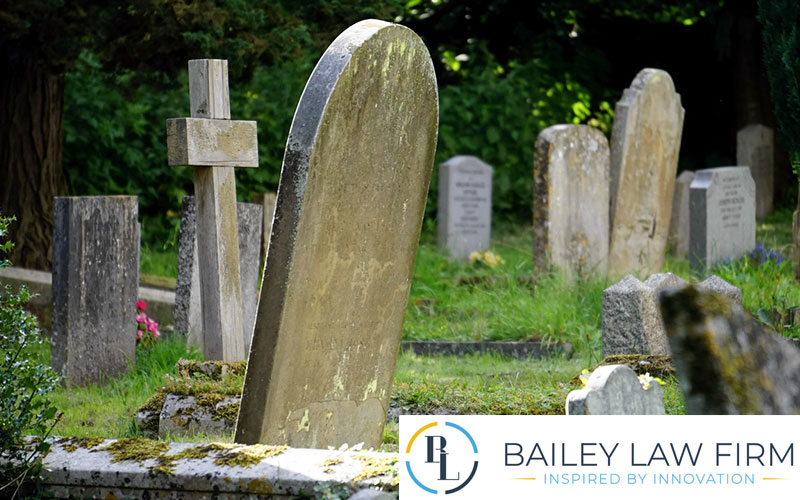
Nothing in this world can be as devastating as losing a loved one at the hands of another’s negligence, especially when that person was supposed to safeguard and take care of the victim. And the financial burden that follows is only an insult to the injury. During such times, the last thing one wants to go through is a lengthy legal battle but not only do you deserve compensation for your loss but your deceased loved one also deserves justice. This can be sought by filing a Wrongful Death Lawsuit.
What Exactly is a Wrongful Death Lawsuit?
In the event of an accident caused due to either the negligence or deliberation of the defendant party, the injured victim has the right to pursue a personal injury claim to receive compensation for the losses he or she has had to sustain. If the victim is killed, the representatives of the victim can file a Wrongful Death Lawsuit against the party legally liable for the victim’s death.
Key Elements of a Wrongful Death Lawsuit
There are four key elements that make up a wrongful death lawsuit and that need to be proven in order to hold the defendant liable for the death of the victim. These are :
- Duty
It must be shown that the defending party owed a duty of care to the deceased victim. For example – A driver is under the obligation to drive safely. Similarly, a medical practitioner owes the duty to take care of patient’s health. The plaintiff must prove that the death of the victim occurred as a result of negligence in performing the duties owed towards them.
- Breach
The representatives of the victim are required to prove that the death of their loved one took place as a result of the defending party’s breach of their lawful duty
- Causation
In addition to the above, the plaintiff also needs to prove how exactly the breach of duty led to the death of their loved one. The causation element includes cause-in-fact, i.e. but for the negligent conduct the death would not have occurred. It also includes proximate cause, i.e. the end result (death) was a foreseeable consequence of the defendant’s conduct.
- Losses
Finally, the death of the victim must have led to quantifiable losses. Wrongful death plaintiffs are entitled to compensatory damages for medical bills, lost wages, and funeral expenses. They are also entitled to damages for the loss of the love and companionship of their loved one.
What are the Situations in Which a Wrongful Death Claim is Applicable?
There are certain common situations in which a person may file a wrongful death claim. They are as follows –
- Birth injuries
- Malpractice or negligence by medical practitioners
- Product defects
- Automobile accidents
- Occupational hazards
- Foster Care or Nursing Home abuse
- Actions of blatant violence such as gunshots, knife stabbings
- Negligence shown in daycare, adult care or field trips
Who Can File a Wrongful Death Suit?
Typically, a wrongful death lawsuit is filed by the representative of the deceased’s estate on behalf of the victim’s surviving loved ones. In most states, qualifying loved ones include children, parents and spouses.
In all states, the deceased’s spouse can file a wrongful death claim. Similarly, parents of minors can take a wrongful death action on the event of the death of one of their children and the minors can pursue compensation for the death of their parents.
There is some disagreement regarding whether parents of adult children can file a lawsuit, whether adult children can take action against the liable party for the death of their parents, whether grown siblings can file a wrongful death claim, and whether extended family members such as cousins, aunts, and uncles can sue for wrongful death. Normally, distant relatives are highly unlikely to be allowed to pursue wrongful death compensation. In some states, grandparents of the deceased can file a wrongful death claim. For example – A grandmother who was taking care of her grandson. Some states allow everyone (regardless of whether they held any blood or marital relations with the victim) who was financially dependent upon the victim to seek compensation for the lost care and support. In some states, parents of a dead fetus can file a wrongful death claim. In some others, such claims can only be made if the child was born alive but died shortly thereafter.
Statute of Limitations: What is It?
The limitations within which a person may file a wrongful death lawsuit is known as the Statute of Limitations. This statute varies from state to state. For example – The Statute of Limitations in the state of Arizona is two years from the time of the victim’s death. For the state of Oregon, the Statute of Limitations is three years from the time the negligent act occurred (which may be earlier than death)
How to File a Wrongful Death Claim?
Your lawyer’s first line of action would be to demand compensation from the defending party. In the case of non-settlement, you will then have to file a document called a complaint to get the wrongful death case started.
The complaint will have your case, the reasons supporting it, and the compensation demands made by you. Then, a third party will serve the complaint to the defending party. The defending party will normally be given a time of 20-30 days to respond, defending against your filed claim and aiming to dismiss it.
Filing a successful wrongful death lawsuit is only possible with the help of an attorney. So, don’t carry your burdens alone. Seek a seasoned personal injury attorney Arizona today to fight your battle on your behalf.
